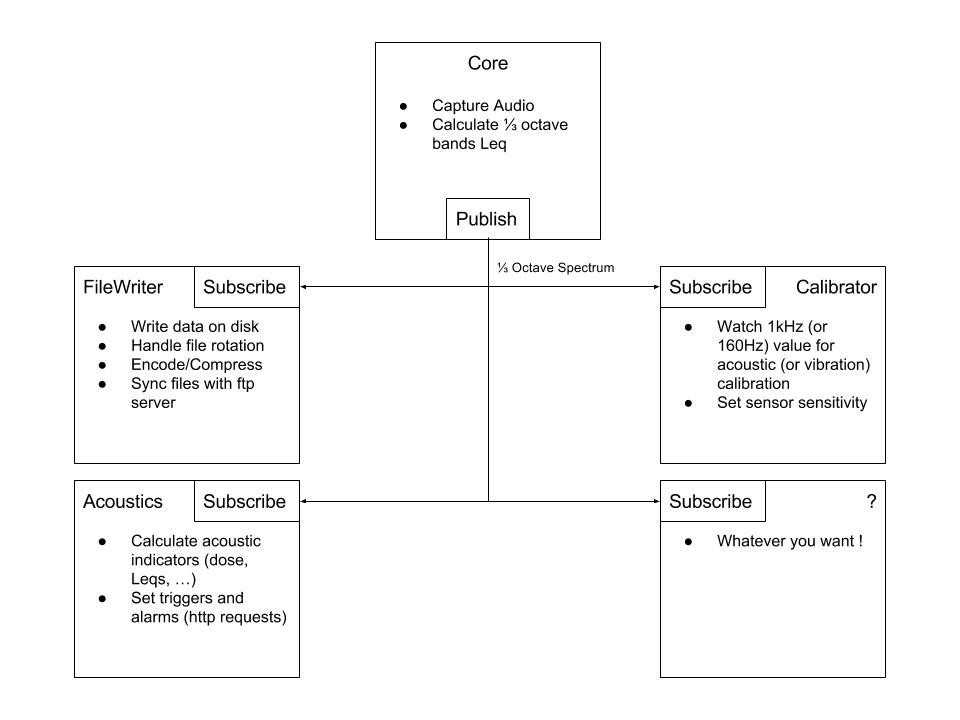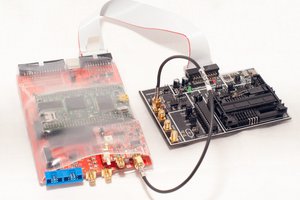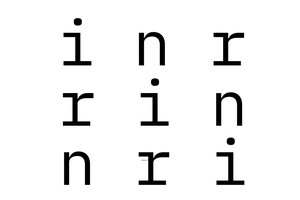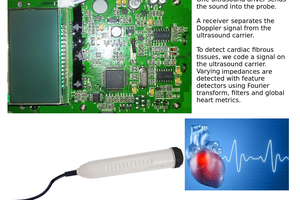Features
- Capture audio input from 1 or 2 channels (configurable)
- Calculate the noise level, in dB, from every channel, in thrid octave bands plus the LAeq level in dB(A), every second.
- Write the measured noise levels in a CSV file (file duration is configurable).
- Send the created files to a FTP server (server is configurable)
- Calculate additional indicators (dose, running Leq and recomposed Leq so far)
- Trigger http requests on indicator threshold (configurable)
 Valentin
Valentin

 Colin O'Flynn
Colin O'Flynn
 qquuiinn
qquuiinn
 Jean Pierre Le Rouzic
Jean Pierre Le Rouzic
 ehughes
ehughes